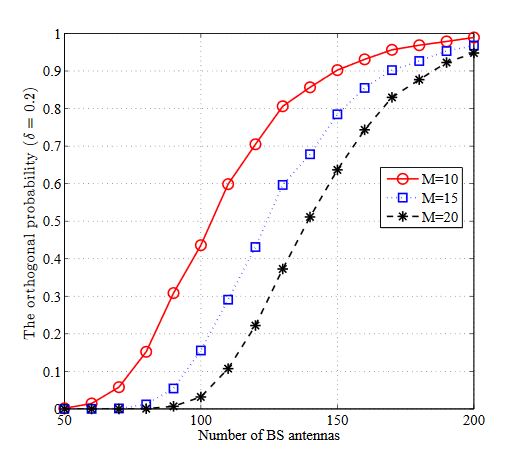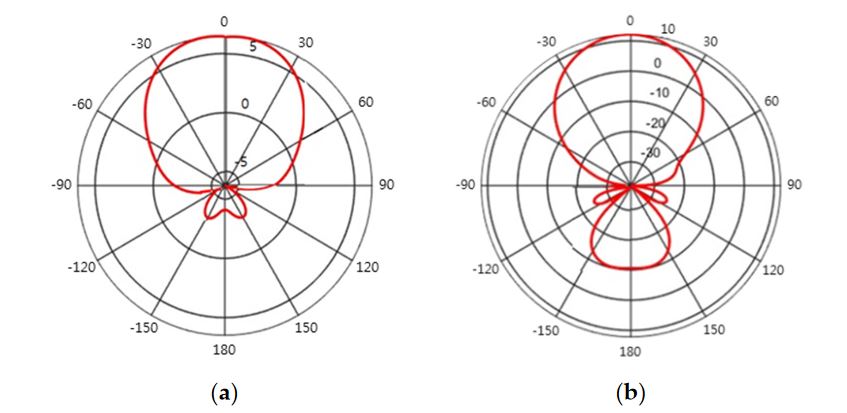ABSTRACT
We investigate the problem of minimizing the total power consumption under the constraint of the signal-to-noise ratio (SNR) requirement for the physical layer multicasting system with large-scale antenna arrays. In contrast with existing work, we explicitly consider both the transmit power and the circuit power scaling with the number of antennas. The joint antenna selection and beamforming technique is proposed to minimize the total power consumption.
The problem is a challenging one, which aims to minimize the linear combination of l0-norm and l2-norm. To our best knowledge, this minimization problem has not yet been well solved. A random decremental antenna selection algorithm is designed, which is further modified by an approximation of the minimal transmit power based on the asymptotic orthogonality of the channels. Then, a more efficient decremental antenna selection algorithm is proposed based on minimizing the l0 norm. Performance results show that the l0 norm minimization algorithm greatly outperforms the random selection algorithm in terms of the total power consumption and the average run time.
PROBLEM FORMULATION
We consider the physical-layer multicasting system, where a single BS equipped with N antennas and N RF chains broadcasts a common message to M single antenna receivers. The received signal at the receiver i. We can select the antenna subset corresponding to the nonzero entries of the beamforming vector and the unnecessary RF chains are switched off to reduce the circuit power consumption.
DECREMENTAL ANTENNA SELECTION ALGORITHMS
Since the l0-norm is non-convex and it has no accurate approximations, it is difficult to solve the optimization problem P1. To our best knowledge, there exists no approach to minimize the linear combination of l0-norm and l2-norm. The optimal solution can be found by exhaustive searching 2N antenna subsets, i.e., solving the following NP-hard problem with 2N times.
SIMULATION RESULTS

Figure 1. The orthogonal probability (δ = 0.2) versus the number of base station (BS) antennas
In this section, we first evaluate the asymptotical orthogonality of the channels between the BS and its served users, which reflects the computational efficiency of MRDS. Figure 1 shows the orthogonal probability (δ = 0.2) versus the number of BS antennas with M = 10, 15, and 20. The orthogonal probability gets larger with the increase of the number of BS antennas or with the decrease of the user amounts.

Figure 3. The average run time of our algorithms versus the SNR constrains
Figure 3 evaluates the average run time of our algorithms versus the SNR constrains when M = 10. The codes are executed on a 64-bit desktop with 8 Gbyte RAM and Intel CORE i5 using YALMIP as the Matlab package. It can be seen that, either the MRDS algorithm or the L0NM algorithm provides noticeable improvement compared with the RDS algorithm in terms of the average run time.
CONCLUSIONS
We have studied in this paper how to jointly design the antenna selection and beamforming for the multicasting system with large-scale antenna arrays to minimize the total power consumption while guaranteeing the SNR requirement of each user. We proposed three decremental selection algorithms termed as RDS, MRDS, and L0MN. Performance results show that the L0NM algorithm can greatly outperform the random selection algorithm in terms of the total power consumption and the average run time.
Source: Qingdao University
Authors: Xinhua Wang | Jinlu Sheng
>> Antenna Analysis and Design for ECE Final Year Students